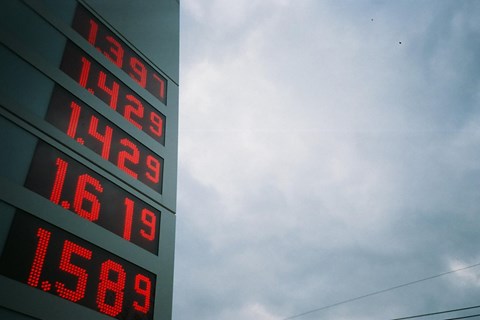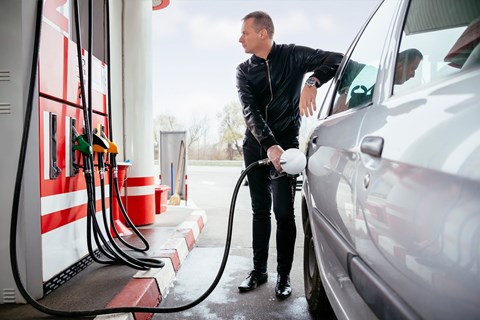► What’s the difference between the petrol types?
► Is it acutally worth it?
► The numbers explained
With so many different grades of petrol to choose from and not much in the way of explanation on why 98 RON petrol costs a few pence more per litre than 95 RON, why would you opt to top up with 98 – or even 99?
The RON or Research Octane Number indicates the octane rating of the petrol and the fuel’s ability to withstand a combustion anomaly known as detonation.
The higher the RON rating, the greater its stability in more highly-strung, high-performance engines, but are you risking damage to your engine by filling up with the cheapest option?
The good news is that if your engine has electronic fuel injection, it is likely to be fitted with a system that can detect the dreaded detonation (sometimes referred to as knocking, pinging or pinking) and instantly pulls an ignition trick called retardation.
Retarding the ignition point puts your engine back in the safe zone but, as a general rule, engines are more efficient and powerful with the ignition point as advanced as possible. Modern engines are constantly trying to find the fine line between the earliest ignition point without causing detonation.

By filling up with higher octane fuel you might be giving your engine a helping hand to work more efficiently, but it is not a silver bullet for all motors.
Depending on the car you own, fuelling up with 98 octane will result in increased performance that will see you produce a little extra power when compared to lower octane petrol. But for example, if you’re driving something older that hasn’t been tuned to run on high-octane, you’ll likely see no tangible benefit.
Each vehicle model has a recommended minimum octane requirement – often printed somewhere near the fuel filler cap – and owners should not fill up with a fuel grade lower than this, but a higher grade may offer advantages.
The most reliable way to find out if you could be going further on a tank by filling up with 98 or higher is to conduct your own real world test.
Make a note of how far a fill of the cheapest option takes you using your normal driving style and habits then compare the results to a tank of higher grade fuel during the same typical conditions. You might be surprised at the results.
It is a trade off between performance and dollars spent, as while you may be getting extra distance or performance out of your fuel, you’ll have to pay more to reap the benefits. The value equation depends on the car you drive and whether it will make use of the higher-octane’s better qualities.

Want more?
One of the most effective octane boosters is a fuel additive called Tetraethyl lead (TEL). The chemical is a highly effective detonation suppressant but is also very toxic – for you and the planet – which is why so-called ‘leaded’ fuels were banned in 2002.
Alternatively you could try a similar stunt as employed by Formula 1 teams during the 1980’s turbo era. To get the huge power figures (up to 1321bhp from just 1.5-litres) massive boost pressures required serious detonation suppressants and the motors ran on a blend of 86% toluene.
But we don’t recommend this 121 RON fuel for your Toyota Corolla due to its nasty health effects. Find out the most economical pump petrol for your car and stick to it.
This article originally appeared on whichcar.com.au